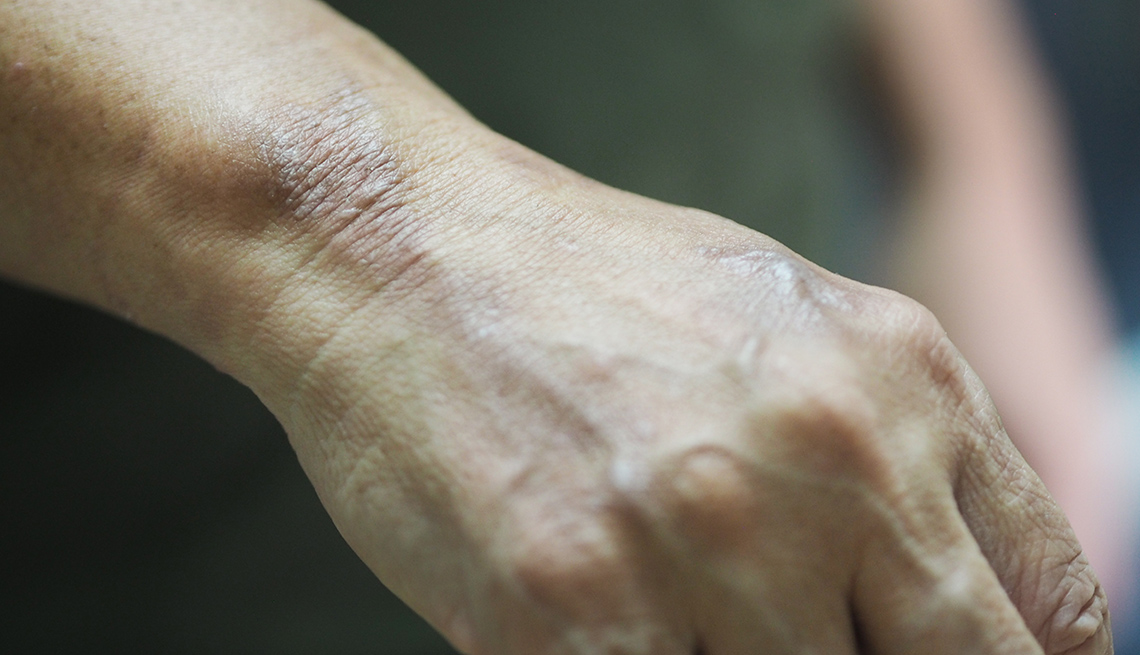Play all audios:
Getty Images Facebook Twitter LinkedIn
Although historically uncommon in the United States, an increasing number of leprosy cases are being diagnosed in the Southeast — and in particular central Florida — where the disease
appears to be spreading outside the traditionally known paths of transmission, according to the Centers for Disease Control and Prevention (CDC).
“The number of reported cases has more than doubled in the southeastern states over the last decade,” the CDC said in a recently published research letter. And evidence is mounting that
leprosy, also known as Hansen’s disease, has become endemic in the region and in particular in central Florida, which accounts for about a fifth of the nation’s annually reported cases.
Leprosy is a bacterial disease that primarily affects the skin and peripheral nervous system. According to the National Hansen's Disease Program in Baton Rouge, Louisiana, early signs of
infection can include:
Pale or slightly red areas, or a rash on the arms, legs or torso.Decreased sensation to touch in the area of the rash.Loss of feeling in the hands or feet.Thinningof the eyebrows or eyelashes.
Left untreated, the CDC says symptoms of advanced leprosy can progress to paralysis and crippling of the hands and feet; shortening of toes and fingers; chronic ulcers on the bottoms of the
feet; blindness; loss of eyebrows; and nose disfigurement.
Where is leprosy found?Cases of leprosy peaked in the U.S. in 1983. There was a drastic decline in reports from the 1980s through 2000, but since then, the numbers have gone up. In the past decade, incidents have
more than doubled.
In 2020, there were 159 cases reported in the U.S. Six states accounted for two-thirds of those cases: Florida, California, Louisiana, Hawaii, New York and Texas, according to the National
Hansen's Disease Program.
Leprosy is more common outside the U.S. Based on World Health Organization (WHO) data, Brazil, India and Indonesia are the nations reporting the highest number of new cases annually, with
more than 10,000 apiece.
How does it spread?Leprosy is not highly contagious, and more than 95 percent of people have a natural immunity to it. It also responds well to treatment with antibiotics, according to the National Hansen’s
Disease Program. “Prolonged person-to-person contact through respiratory droplets is the most widely recognized route of transmission,” the CDC says.
Health researchers have found evidence suggesting a strong likelihood of zoonotic transmission of leprosy — catching the disease from animals — in the southern U.S. The same unique strain
of M. leprae (the bacteria behind leprosy) has been found in both humans and armadillos in the region.
People coming to the U.S. from regions where leprosy commonly occurs have also been a historic route for the disease. However, the CDC has found the rates of new diagnoses in persons born
outside of the U.S. has declined since 2002, suggesting leprosy is now endemic in Florida.
%{postComment}%Peter Urban is a contributing writer and editor who focuses on health news. Urban spent two decades working as a correspondent in Washington, D.C., including a stint as Washington bureau
chief for the Las Vegas Review-Journal, and for daily newspapers in Connecticut, Massachusetts, Ohio, California and Arkansas, His freelance work has appeared in Scientific American,
Bloomberg Government and CTNewsJunkie.com.
Unlock Access to AARP Members Edition
Join AARP to Continue Already a Member? Login
AARP NEWSLETTERS
%{ newsLetterPromoText }%
%{ description }%
Subscribe See All NewslettersPrivacy Hub

